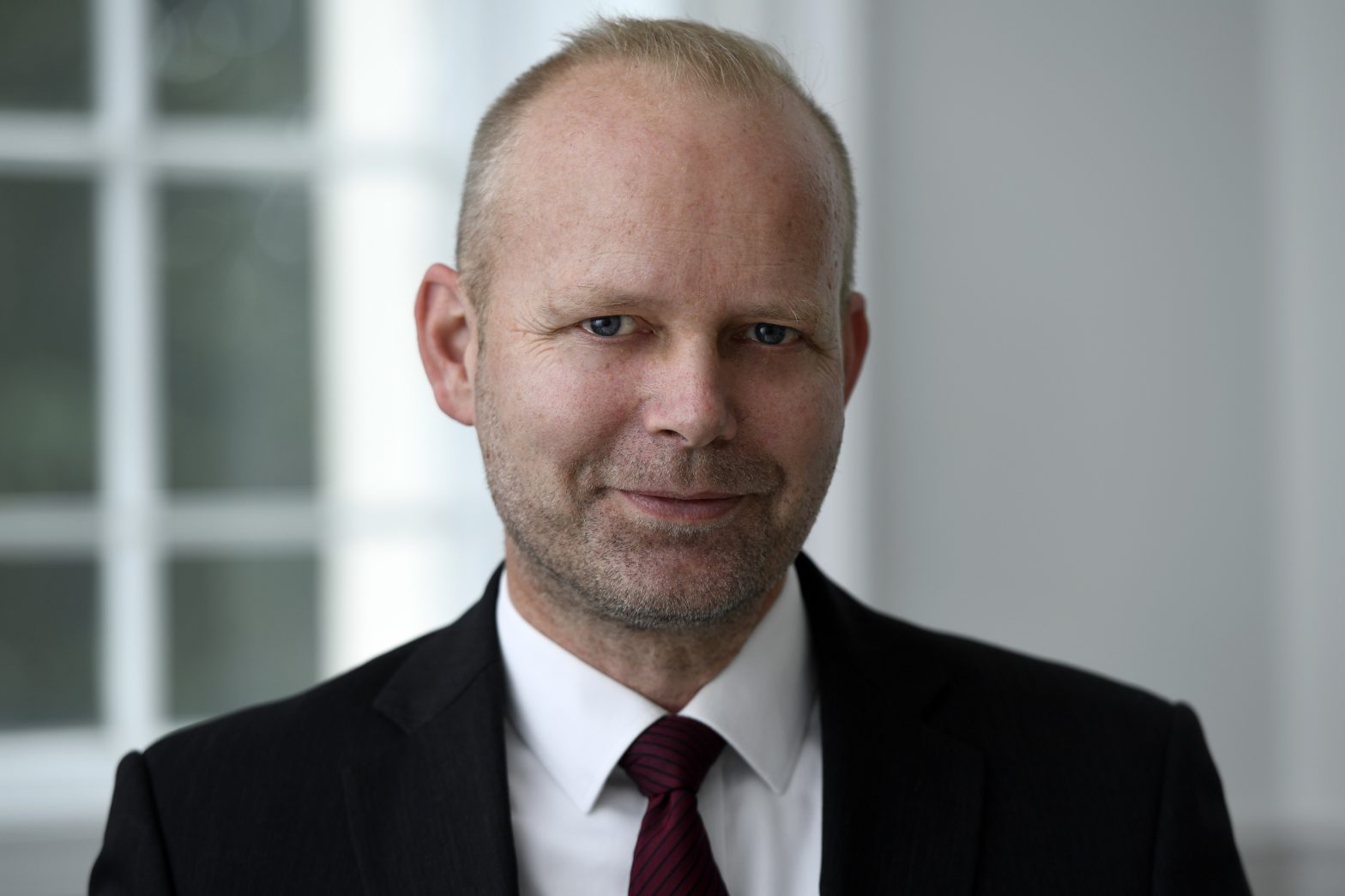The countdown begins: how Labour and the Conservatives are faring as a General Election nears

With less than 12 months until voters are asked to go to the polls, how are things looking for the Conservative and Labour parties?
For the Prime Minister, his first year in Number 10 has probably felt tougher and more frustrating than he would have imagined. After the drama of Boris Johnson’s premiership, he tried to ensure the Government conveyed a calm, pragmatic, even dull competence. He hoped his parliamentary colleagues would unite behind him to fend off Labour and crawl their way back up the polls. He set out his fives pledges to the electorate against which he wanted to be judged: halving inflation, growing the economy, reducing the national debt, cutting waiting lists and ‘stopping the boats’.
Things haven’t gone quite as he would have hoped. Yes, inflation has come down from over 11% to 3.9%, but most of that has not been down to the Government. GDP is expected to have grown by around 0.6% in 2023 and 0.7% in 2024 – hardly worth shouting from the rooftops about. The national debt is still growing, but that growth is now forecast to peak at 94% of GDP rather than nearly 100%. NHS waiting lists are still at record levels (not helped by doctors’ strikes) but seem to have possibly peaked. While the number of small boat crossings is reducing, the Rwanda deportation policy is in a mess, causing major ructions between different parts of the Conservative party and is unlikely to be successfully implemented. Meanwhile, new figures show net migration to the UK hit a record high in 2022 – ironic when Brexiteers promised lower immigration levels once we left the EU.
Those who voted for Brexit for this reason now no longer believe the Government is in control of UK borders.
With the economy effectively flatlining, inflation falling slower than expected and interest rates staying relatively high for the foreseeable future, many people will continue to struggle financially through 2024. Millions are set to come off their fixed-rate mortgage deals. An average homeowner will need to find an extra £2,880 a year, according to the Bank of England. Rental costs, meanwhile, are rising at the fastest rate on record. The energy price cap is going up again in January. While wages are currently increasing in real terms, there is little chance of people feeling better off in 2024 not least because, despite the recent reduction to National Insurance, the overall tax burden is still set to reach a record high.
The Conservatives are therefore still in deep trouble. Averaging 19% behind Labour in the polls, with no progress over the last year, Sunak’s own popularity is as low as Boris Johnson’s was when he resigned. Might we see yet another leadership challenge as a last desperate throw of the dice by Conservative MPs facing oblivion? The last few years have taught me to never say never, but no serious contender would surely want the gig now and it would be another gift to the opposition. At this stage I’d have to say that any leadership vote would effectively be pressing the self-destruct button.
For Labour things are, like their logo, looking rosy. Keir Starmer has successfully steered the party towards the centre ground. The left of the party can see power on the horizon. While it baulks at the jettisoning of previous commitments, as well as the party’s current narrative of working in partnership with business, it’s willing to bite its tongue until the keys of Downing Street are in Starmer’s hands.
Labour’s messaging discipline is paying off and the front bench is working effectively as a united team, with its backbenches fully in support. The electoral task facing Labour is immense – they need a swing even bigger than the post-war record of 10.2% that Blair achieved in 1997 to win outright. But with the Conservatives disunited and with little room for manoeuvre, they are on track to do it. Keir Starmer must end 2023 extremely satisfied and optimistic for 2024 – one of a minority who is.
